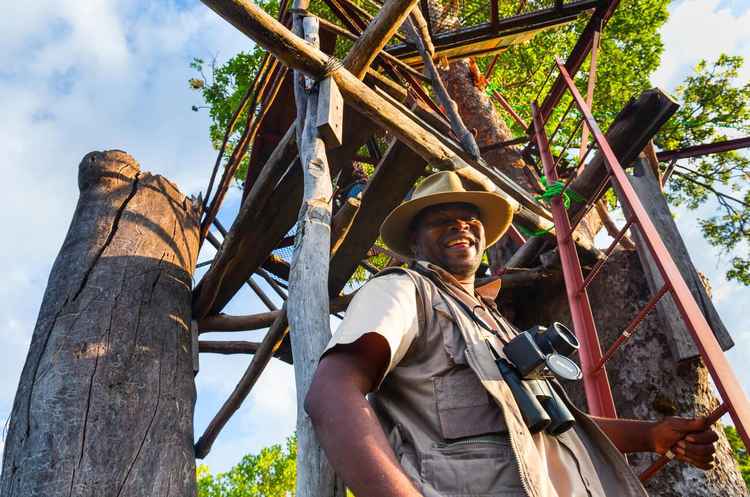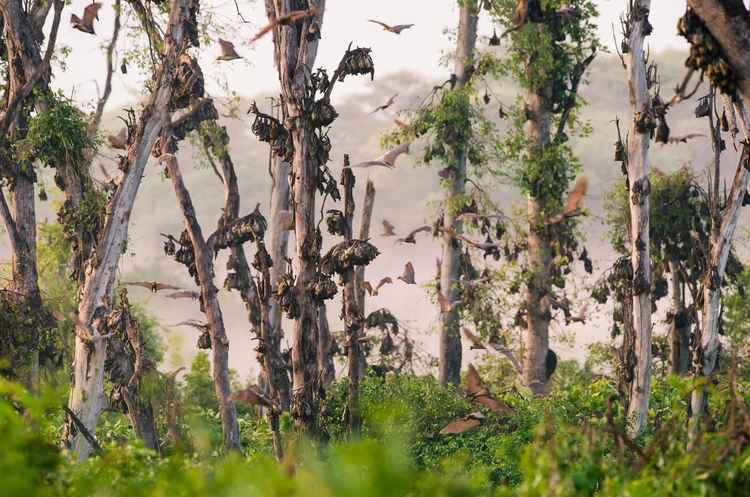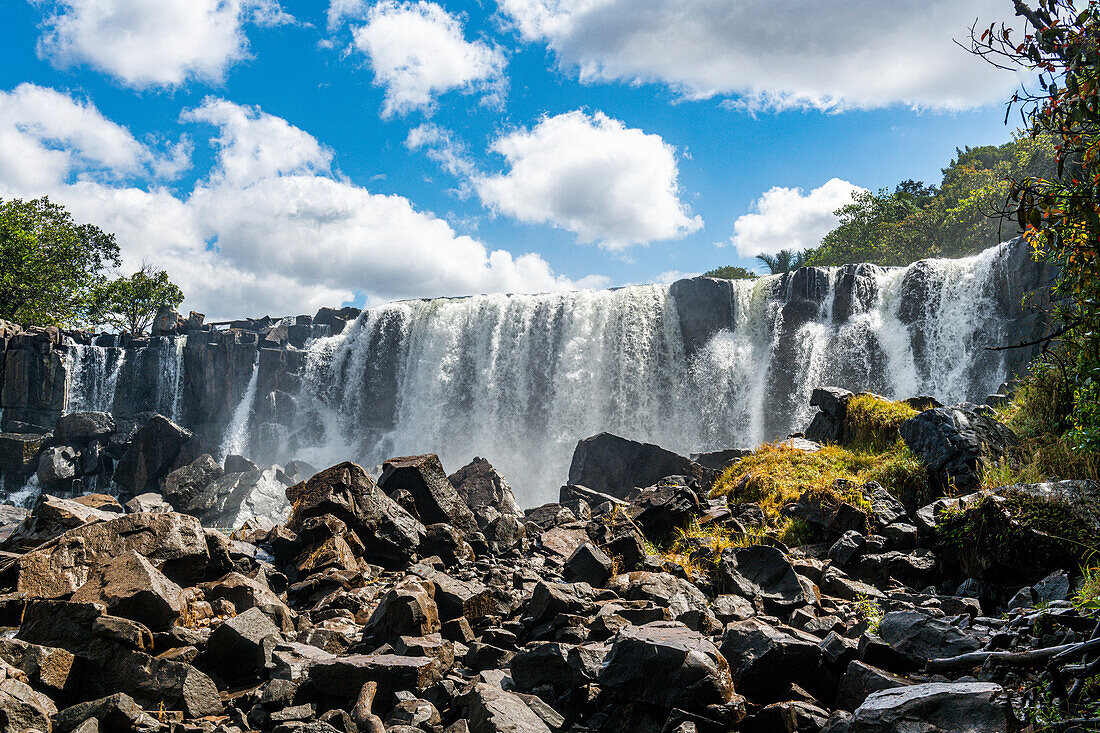Every year, between late October and December,Kasanka National Park in Zambia hosts one of the most astonishing natural phenomena on Earth: the migration of up to 10 million straw-coloured fruit bats. Kasanka may be one of Zambia’s smallest national parks but it hosts the world’s largest mammal migration. This breathtaking event transforms the skies of this small national park into a hypnotic dance throughout Kasanka.
Located in the Central Province, Kasanka National Park spans roughly 390 square kilometres of pristine wilderness. The park is an under-the-radar destination, offering diverse habitats ranging from evergreen swamp forests to wide, open grasslands. While it’s home to elephants, sitatunga antelope, and over 450 bird species, the bats undeniably steal the spotlight during their seasonal migration.

An unforgettable natural phenomenon
The bats arrive in Kasanka after traveling thousands of kilometres from across Congo DR, drawn to the park’s swampy forests, particularly the mushitu trees that produce an abundance of fruits during this period. These fruits, including wild loquats, waterberries and figs, serve as an irresistible banquet for the bats, ensuring they return annually. This natural gathering provides a vital ecological service by dispersing seeds over vast areas, supporting the regeneration of forests across Zambia and beyond.


The phenomenon is best witnessed at dawn and dusk. As the sun rises, the bats return to roost, creating a mesmerising scene as millions converge on the forest canopy. At dusk, they take flight en masse in search of food, turning the horizon into a vivid, moving spectacle. The combined flapping of wings and high-pitched chatter creates an unforgettable sound. Witnessing the sheer volume of bats—each with a wingspan of up to 80 cm—against the backdrop of Kasanka’s vibrant sky is nothing short of magical.
For visitors, the best viewing spots are the tree hides strategically positioned above the forest canopy. From these elevated platforms, you’ll feel as if you’re at the heart of the action, surrounded by millions of bats as they move with uncanny coordination.


Vital to the ecosystem
The migration also brings opportunities to learn about the delicate balance of Kasanka’s ecosystem. While the bats’ arrival benefits the park, threats to their habitats outside Zambia, such as deforestation and hunting, highlight the importance of conservation. Kasanka Trust, the organisation managing the park, plays a pivotal role in preserving this phenomenon. Funds generated through tourism contribute to protecting the bats and maintaining the park’s rich biodiversity.


Visit Kasanka
Kasanka offers eco-friendly lodges and campsites, ensuring an immersive wilderness experience. Whether you’re a seasoned wildlife enthusiast or someone looking to witness something truly extraordinary, this is an adventure that leaves an indelible mark on the soul. Kasanka’s skies await—don’t miss your chance to experience nature’s grandest performance.









